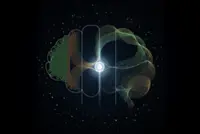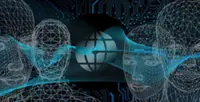Vincent van Gogh probably painted ‘Two Wrestlers’ in 1886. — Courtesy of Oxia Palus
Art restoration is a discipline that combines passion, patience and resourcefulness. And it is benefitting more and more from the latest technological advances, especially in terms of artificial intelligence. The startup Oxia Palus is training one such AI to accurately reconstruct paintings that have been lost for years.
This year, visitors to the Focus Art Fair were treated to a special kind of exhibition at the MORF Gallery booth. It was a selection of paintings by Vincent van Gogh and Leonardo da Vinci that the general public has never previously been able to see because they are covered over by other works by the two artists.
Already a subscriber? Log in
Save 30% OFF The Star Digital Access
Cancel anytime. Ad-free. Unlimited access with perks.





